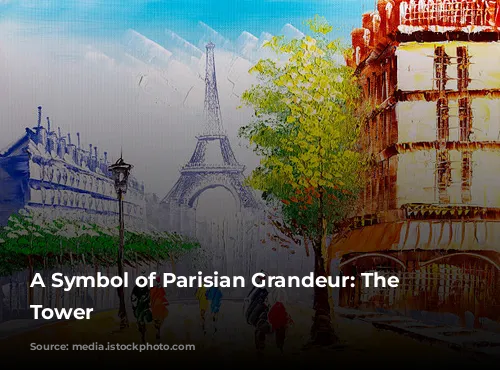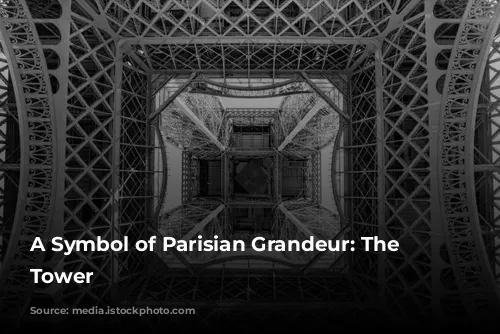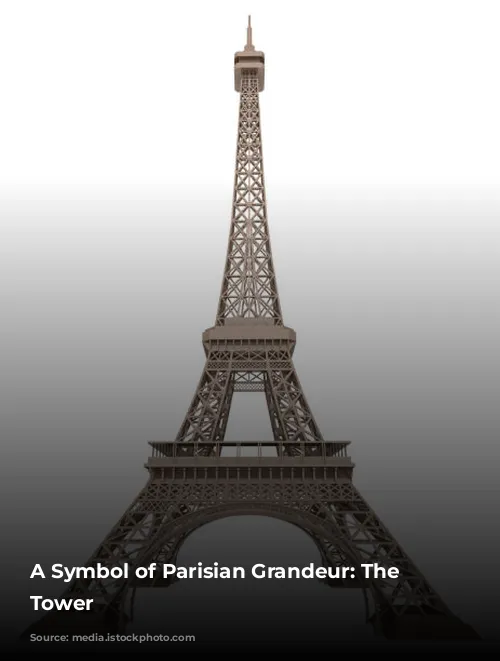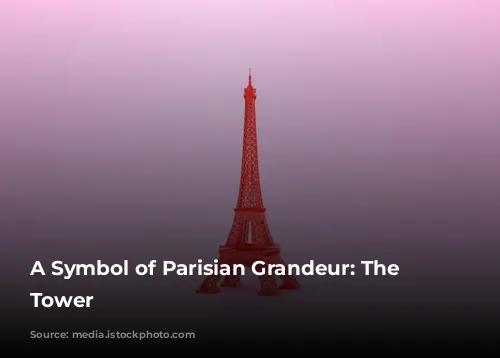The Eiffel Tower, a majestic icon of Paris, is a testament to French ingenuity and engineering brilliance. But what exactly is this iconic structure? And why was it built? Let’s delve into the history of this remarkable landmark.
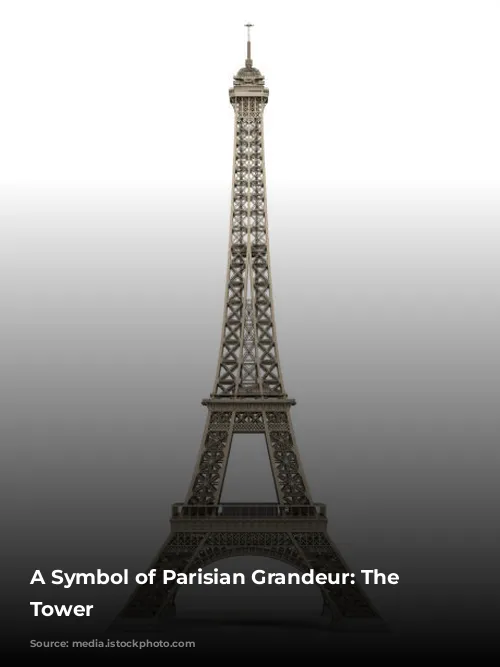
The Birth of a Landmark
The Eiffel Tower’s story began in 1889, when the French government planned a grand celebration for the 100th anniversary of the French Revolution. To mark this momentous occasion, they organized the International Exposition of 1889. A competition was launched to design a grand monument for the event, and over a hundred ambitious designs were submitted. Gustave Eiffel, a renowned bridge engineer, emerged victorious with his innovative design.
Eiffel’s plan was a bold statement, a towering structure that would serve as the entrance gateway to the exposition. It was a marvel of engineering, demonstrating the power of wrought iron, a material Eiffel mastered. The tower’s open-lattice design was not just aesthetically pleasing, but also incredibly strong and lightweight. It marked a significant step forward in civil engineering and architectural design, paving the way for future innovative structures.

Beyond the Exposition: A Parisian Icon
The Eiffel Tower wasn’t just meant to be a temporary structure for the exposition. It was envisioned as a symbol of French industrial prowess, a monument to the country’s technological advancements. And indeed, the tower quickly became a beloved icon of Paris. Its distinctive silhouette, piercing the Parisian sky, captivated the world.
The tower’s significance goes beyond its architectural beauty. It has become a stage for commemorating global events, with its lights illuminating the night sky in various patterns. The Eiffel Tower’s glow symbolizes unity, remembrance, and celebration, shining brightly in the face of major world events.

A Look Inside the Eiffel Tower
The Eiffel Tower’s structure is a fascinating blend of engineering and artistry. It rests on four massive lattice-girder piers that taper inwards, culminating in a single towering structure. These piers are interconnected at two levels, providing breathtaking viewing platforms for visitors.
While the piers serve a structural purpose, the tower’s base features four semicircular arches purely for aesthetic effect. These unique arches, a product of both engineering and artistic vision, necessitated the use of elevators to ascend the curved structure. The glass-cage elevators, designed by the Otis Elevator Company, became a notable feature of the tower.
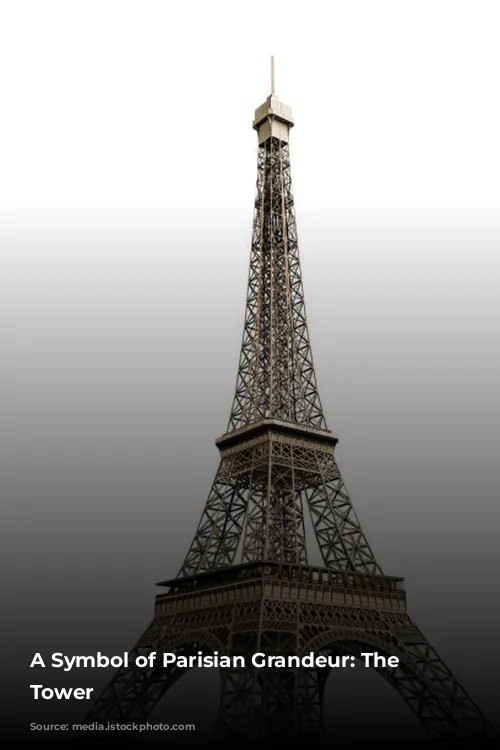
A Legacy of Innovation
The Eiffel Tower has evolved over time, reflecting the changing needs and advancements of the world around it. After the 1889 exposition concluded, Eiffel recognized the need to find new uses for the tower to ensure its preservation. He oversaw the addition of a meteorological station, a military telegraph station, and a laboratory for studying aerodynamics.
Further modifications were made for subsequent expositions, and the tower even gained a television transmission antenna, adding an extra 20 meters to its height. The Eiffel Tower’s adaptability underscores its enduring legacy as a symbol of progress and innovation.
Standing at a towering 300 meters, the Eiffel Tower held the title of the world’s tallest structure until 1929. It remains a symbol of Parisian grandeur, a testament to the ingenuity of Gustave Eiffel, and a beacon for visitors from around the globe. Its lights sparkle every night, illuminating the city and captivating hearts with their dazzling beauty. The Eiffel Tower is more than just a structure; it is a timeless icon, forever etching its presence into the hearts of those who behold its splendor.
